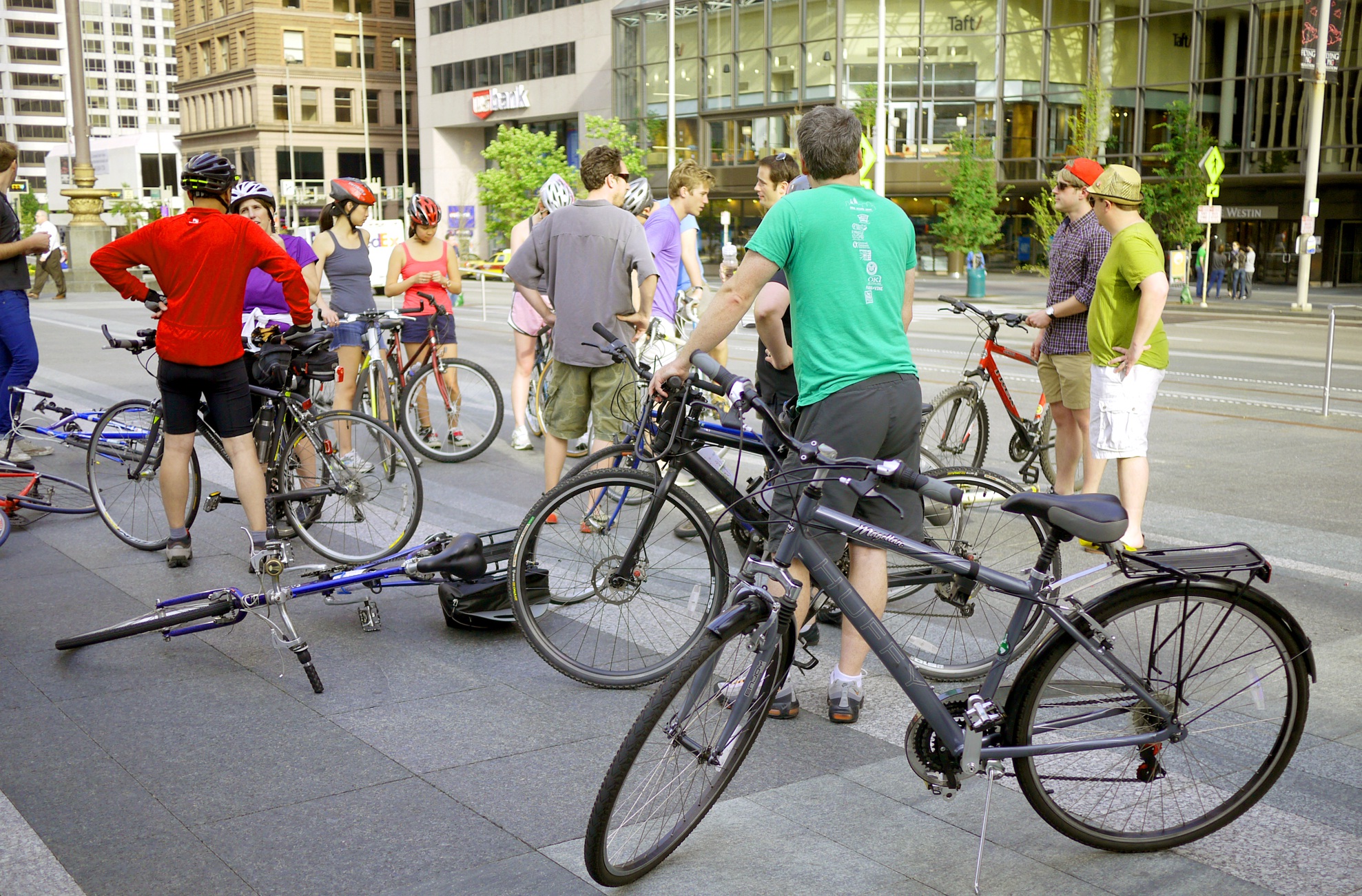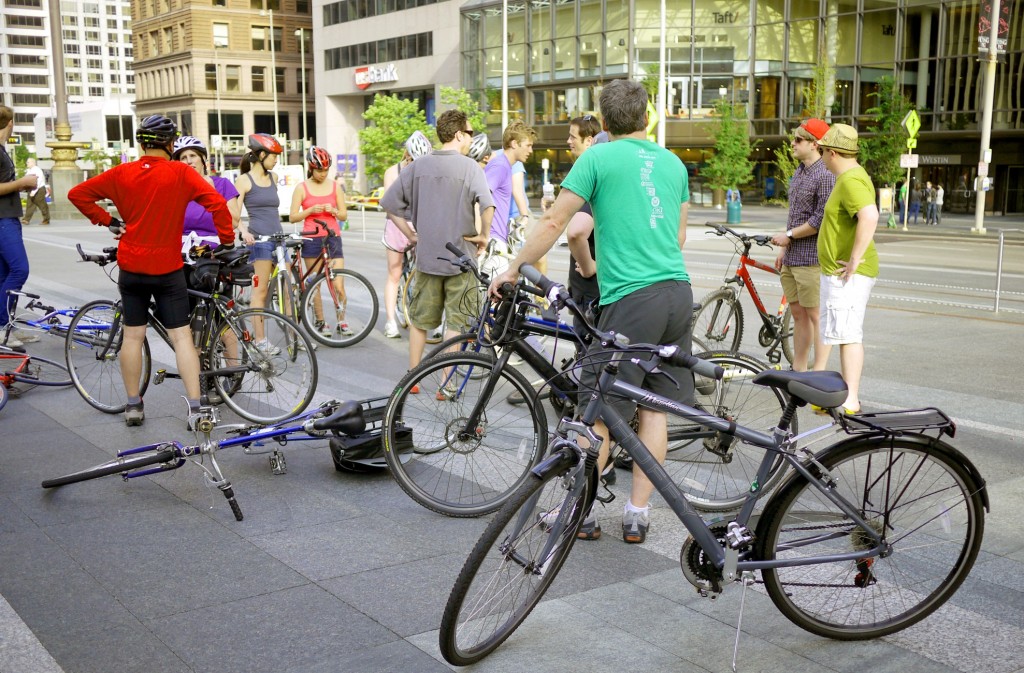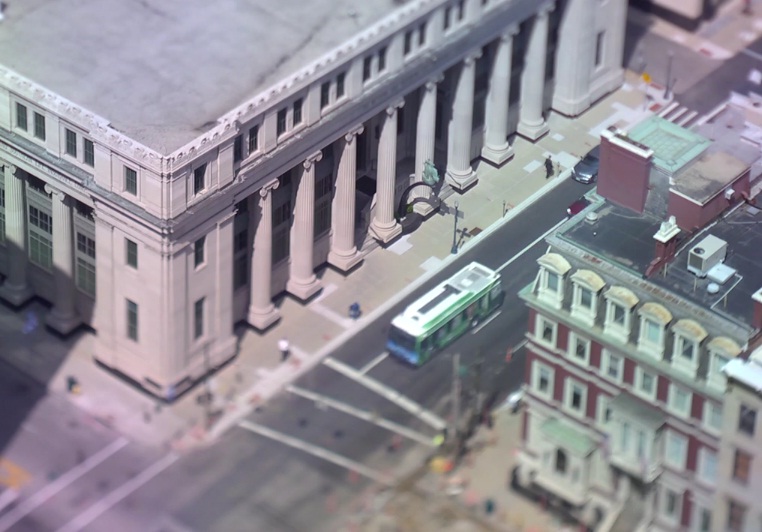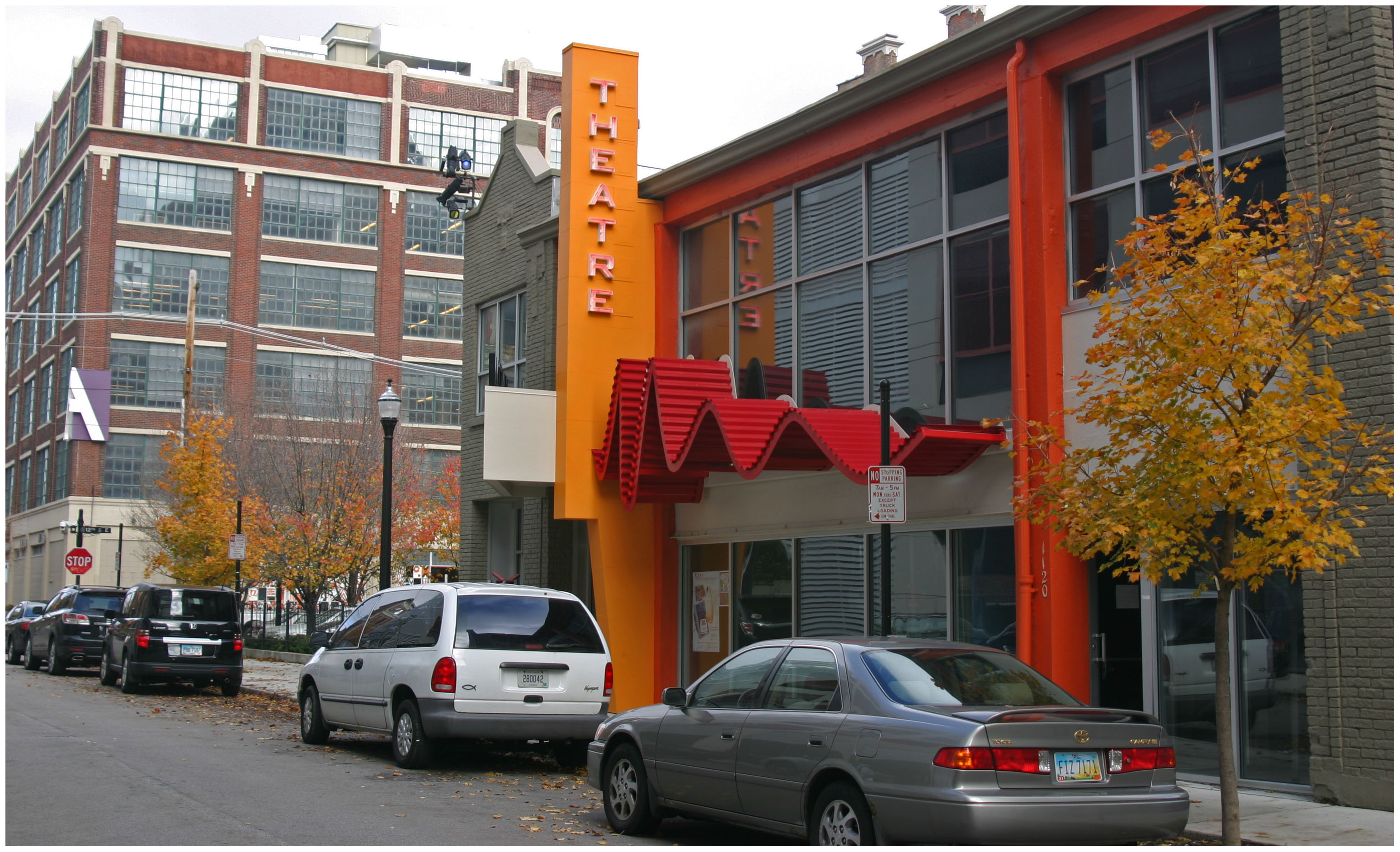Cincinnati was a different place ten years ago. It was a city still reeling from the destruction left behind by the civil unrest in 2001, and had a downtown in decline with retailers closing up shop and office vacancies soaring. The Banks project was regarded as a pipe dream, a field of mud between the elevated islands of sports stadiums and a lonely museum overlooking construction on the opposite side of the Ohio River.
Over-the-Rhine was a different place ten years ago as well. The corner of Twelfth and Vine Street consistently rated as the most dangerous in the city. Block after block of boarded buildings stood silently as echoes of an era time forgot. This was Cincinnati’s center city, a dried up husk of its former glory where redevelopment projects stalled and floundered and everyone returned home before dusk.
My, how far things have come.
In ten years time, the city center has experienced a resurrection from what appeared to be a near death experience. Fountain Square now attracts concerts and events, The Banks has become reality, Over-the-Rhine is being revitalized before our eyes, and it seems like every day there is a new project, a new store, a new cultural amenity, or a new festival choosing the downtown area.


Phase one of The Banks has been built [LEFT], and a major revitalization of Over-the-Rhine is underway [RIGHT]. Photographs by Randy A. Simes for UrbanCincy.
There is a saying that it takes a village, but in this case, it took a plan to change the area’s trajectory.
The Center City Plan as conceived in 2002 by consultants as a report to the city’s Economic Development Task Force. What the plan did is lay out a vision and way forward for the city to begin restoring the vitality of its largest economic center.
“The Economic Development Taskforce was a public-private partnership that looked at how the city could thrive,” City Spokesperson, Meg Olberding, explained. “The task force laid out a structure whereby the public and private sectors each have their role, but must work together.”
The task force made 23 recommendations, in total, including the creation of a one-stop permit shop, establishment of the Port Authority as an economic development agency, and the formation of the Cincinnati Center City Development Corporation (3CDC).
City officials and 3CDC were tasked with making the goals laid out in the Center City Plan a reality. In particular, the plan detailed four initiatives aimed at restoring vitality.
- Redevelop Fountain Square: The plan recommended that the city, “transform Fountain Square into the city’s retail, cultural and civic heart”. Consolidation of retail at street level and creation of an attractive public space went into the redesign of the square. The removal of pedestrian skywalks also seen as a way to focus pedestrian activity on the street.
- Revitalize Over-the-Rhine: With regards to Over-the-Rhine the plan said, “Without intensive focus on Over-the-Rhine, efforts in the center city will be wasted.” Starting with a focus on the Vine Street corridor as the primary retail corridor, the plan envisioned a catalytic development agency spurring redevelopment along Vine Street in the historic neighborhood. The plan was to start at Central Parkway and work north towards Liberty Street.
- Build the Banks: The plan initially tasked the agency that would become 3CDC with the mission of building The Banks project. Years later the project moved forward under a steering committee to overcome conflicts that arose from the various parties involved in the riverfront redevelopment.
- Restore Washington Park: It was recommended that the city, “Implement a comprehensive development strategy to make Washington Park a civic treasurer.”
Of the many recommendations that stem from the Center City Plan, nearly all of them have been implemented or are in the process of being implemented today. The success of the plan, and those implementing it, can be seen every time a new project breaks ground, a new business opens shop, or a new cultural attraction takes root.
Other less visible accomplishments can be credited to the implementation of the other recommendations of the Economic Development Task Force such as the evolving direction of the Port Authority, the Plan Build Live initiative, and the city’s revised marketing approach.
Olberding concluded that, “This has proven to be a winning strategy for the City and one that will be more and more important as we take Cincinnati to the next level of growth and opportunity.”





